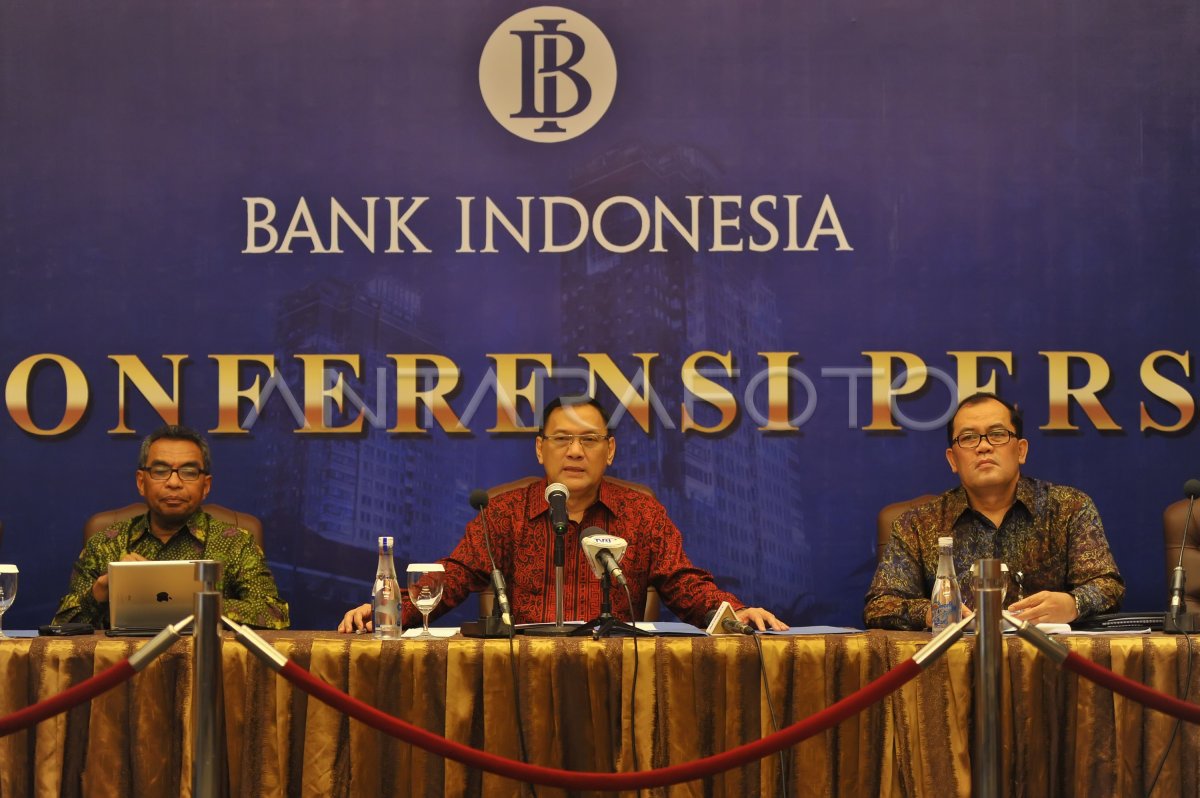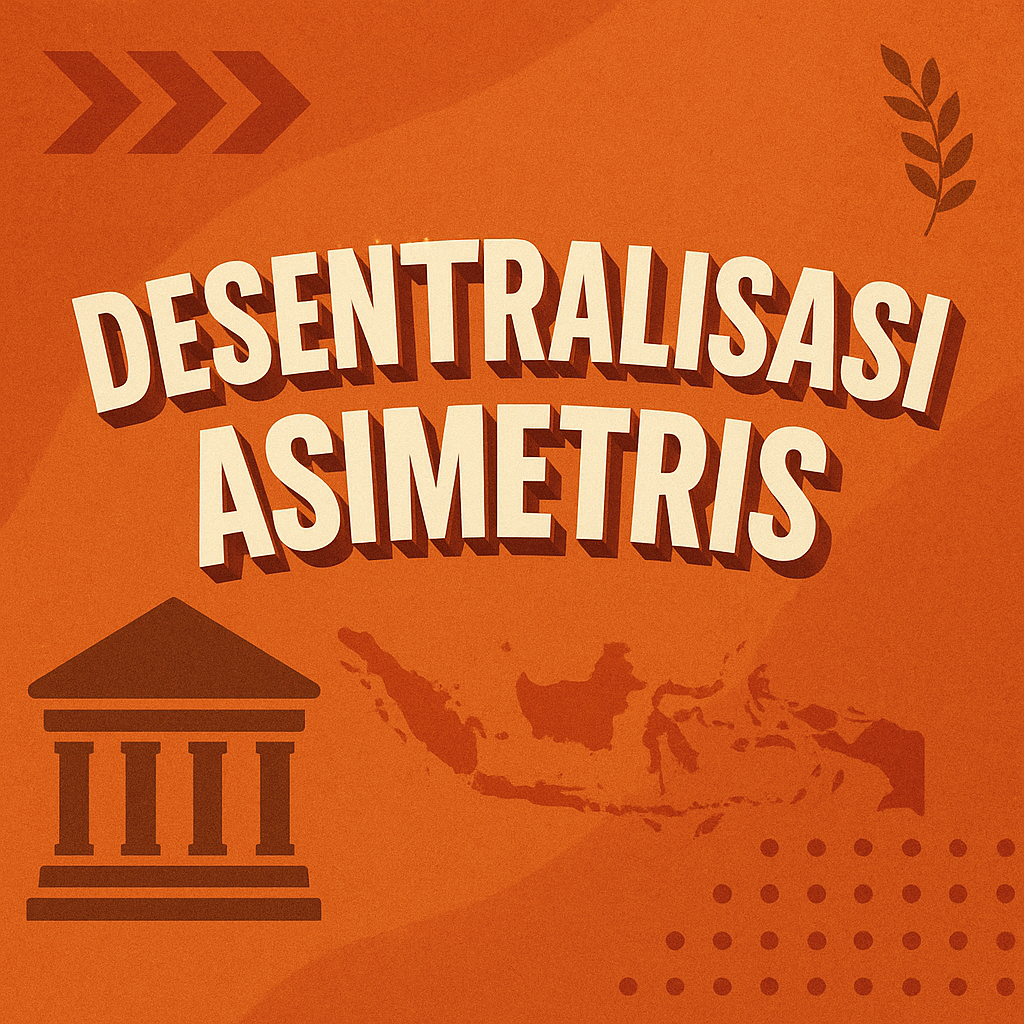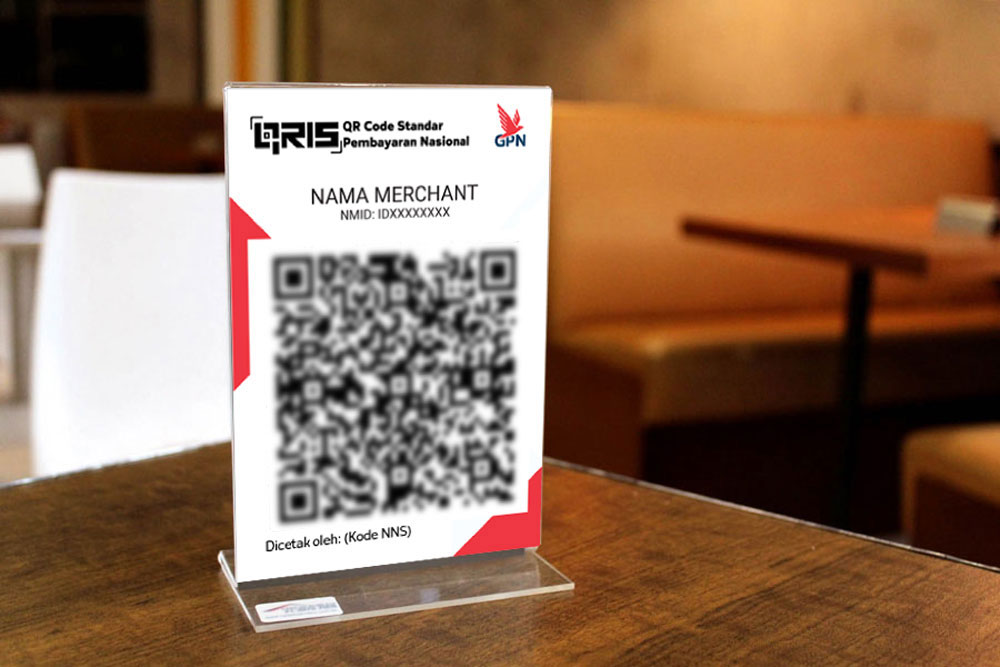Monetary Policy: Regulating Indonesia’s Currency – My Honest Take & Survival Tips
JAKARTA, turkeconom.com – Let’s get real: Monetary Policy: Regulating Indonesia’s Currency sounds stiff, but it’s actually a pretty wild ride if you follow the news (or your wallet) in Indonesia. I remember the first time I tried to save money during an inflation spike—a cup of kopi suddenly cost more, and I kept wondering who was pulling the strings behind the scenes. Turns out, that’s partly Bank Indonesia and their monetary policy shenanigans.
When I first started paying attention to monetary policy, I thought it was just boring economics talk that didn’t affect my daily life. Boy, was I wrong. After watching my savings lose value during inflation spikes and seeing my mortgage payments fluctuate, I realized that understanding how Bank Indonesia regulates our currency isn’t optional—it’s survival knowledge.
Monetary policy is essentially how Bank Indonesia (BI) controls the money supply and interest rates to keep our economy stable. Think of it as the central bank’s toolkit for managing inflation, supporting economic growth, and keeping the Rupiah from going on a wild rollercoaster ride against the US dollar.
The BI Rate: Your Financial Life’s Remote Control
The most important tool in Indonesia’s monetary policy arsenal is the BI 7-Day Reverse Repo Rate, commonly called the BI Rate. Currently hovering around 6%, this benchmark interest rate influences everything from your savings account returns to your credit card interest charges.
When Bank Indonesia raises the BI Rate, borrowing becomes more expensive, which slows down spending and helps control inflation. When they lower it, loans get cheaper, encouraging people and businesses to borrow and spend more, stimulating economic growth. It’s a delicate balancing act that directly impacts your wallet.
My Honest Take: Living Through Policy Shifts
The Pandemic Era Taught Me Everything
During COVID-19, I witnessed firsthand how aggressive monetary policy changes can reshape personal finances. Bank Indonesia slashed rates to historic lows—dropping the BI Rate from 5% to 3.5%. My savings account that once earned 5% suddenly paid less than 2%, barely covering inflation.
But here’s what I learned: low rates aren’t bad if you know how to respond. I refinanced my mortgage and saved IDR 800,000 monthly. That’s nearly IDR 10 million annually that stayed in my pocket instead of going to the bank. Meanwhile, my friend who kept everything in savings accounts watched his purchasing power erode month after month.
The Current Tightening Cycle Reality
Fast forward to 2024-2025, and we’re in a completely different environment. Bank Indonesia has been raising rates to combat inflation and stabilize the Rupiah. My credit card interest jumped to 22%, and business loans that were 8% are now pushing 14%.
The harsh truth about monetary policy is this: it creates winners and losers. Right now, savers are winning with fixed deposit rates at 5-7%, while borrowers are struggling with higher loan payments. Understanding which side you’re on—and adjusting accordingly—makes all the difference.
How Monetary Policy Actually Affects Your Money
Your Borrowing Costs
Every time Bank Indonesia adjusts the BI Rate, commercial banks follow suit. A 1% increase in the BI Rate typically translates to 1-1.5% higher mortgage rates within three months. On a IDR 500 million mortgage, that’s an extra IDR 400,000-600,000 in monthly payments.
I’ve seen families struggle because they took variable-rate mortgages during low-rate periods without planning for increases. When monetary policy shifted and rates climbed, their monthly payments jumped 30%, forcing difficult choices between mortgage payments and other necessities.
Your Savings and Investments
The flip side of expensive borrowing is better returns for savers. When BI raises rates, fixed deposits become attractive again. I recently locked in a 6.5% annual return on a 12-month deposit—something unthinkable during the pandemic era.
But here’s my honest observation: most Indonesians keep too much in regular savings accounts earning 1-2%, even when monetary policy creates opportunities for 6-7% returns in fixed deposits or government bonds. That’s leaving serious money on the table.
The Rupiah Exchange Rate Dance
Bank Indonesia doesn’t just set interest rates—they also intervene in currency markets to stabilize the Rupiah. When foreign investors pull money out of Indonesia (often because US rates are more attractive), BI steps in to prevent the Rupiah from collapsing.
I learned this lesson expensively when planning my child’s overseas education. The Rupiah weakened from IDR 14,000 to IDR 15,800 per USD in just six months, adding IDR 90 million to the total cost. Now I keep 15% of my savings in US dollars as a hedge against currency swings—something I wish I’d done earlier.
Survival Tips That Actually Work
Tip One: Match Your Strategy to the Policy Cycle
Stop fighting monetary policy trends. When rates are low, borrow for productive assets and invest in growth. When rates are high, pay down debt and lock in fixed-income returns. I keep a simple rule: if the BI Rate is below 4.5%, I’m aggressive with investments. Above 6%, I’m defensive with bonds and deposits.
Tip Two: Diversify Across Currencies
The Rupiah has lost roughly 50% of its value against the dollar over the past 20 years. That’s not pessimism—it’s historical fact. I maintain USD savings equal to 10-15% of my portfolio. When the Rupiah weakens, this portion gains value in IDR terms, cushioning the blow.
Tip Three: Lock in Rates Strategically
During low-rate environments, I refinance to fixed-rate loans. During high-rate periods, I lock in fixed deposits and bonds. This simple timing strategy has saved me millions of Rupiah over the years. The key is acting when monetary policy shifts, not waiting until everyone else catches on.
Tip Four: Build an Inflation-Resistant Portfolio
Official inflation numbers often understate real cost increases. My grocery bills have risen 40% in three years, far exceeding the reported 3-4% annual inflation. I protect purchasing power by investing in assets that rise with inflation: rental property, dividend stocks, and gold. These have consistently outpaced my actual living cost increases.
Tip Five: Stay Informed Without Obsessing
I spend 30 minutes monthly reading Bank Indonesia’s policy statements and economic reports. That’s enough to understand the direction of monetary policy without getting paralyzed by daily market noise. Set up Google alerts for “Bank Indonesia BI Rate” and read the quarterly monetary policy reports—they’re surprisingly readable.
The Bottom Line on Monetary Policy
After years of watching monetary policy cycles, I’ve concluded that most Indonesians lose money not because they make terrible decisions, but because they make no decisions at all. They leave money in low-interest savings during high-rate periods. They take variable-rate loans without hedging strategies. They ignore currency risk until it’s too late.
Understanding how Bank Indonesia’s monetary policy works isn’t about becoming an economist—it’s about making informed choices that protect and grow your wealth regardless of economic conditions. The policy will keep shifting between tight and loose, between fighting inflation and supporting growth. Your job isn’t to predict every move, but to build a financial strategy flexible enough to thrive under any scenario.
Start by reviewing your current financial position against today’s policy environment. Are your loans fixed or variable? Are your savings earning competitive returns? Do you have currency diversification? These simple questions, answered honestly, will reveal whether you’re positioned to survive—or thrive—through Indonesia’s next monetary policy shift.
Sharpen Your Skills: Delve into Our Expertise on Politic
Check Out Our Latest Piece on Fiscal Policy: Managing Indonesia's Economic Resources!











